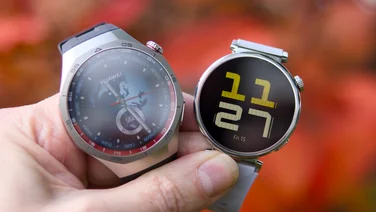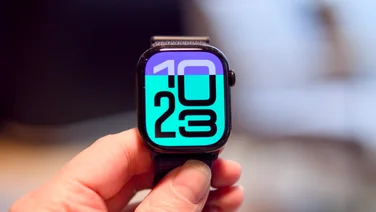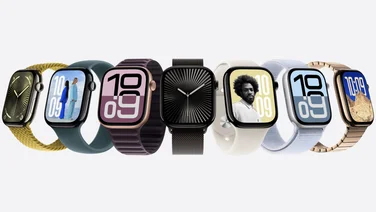To help us provide you with free impartial advice, we may earn a commission if you buy through links on our site. Learn more
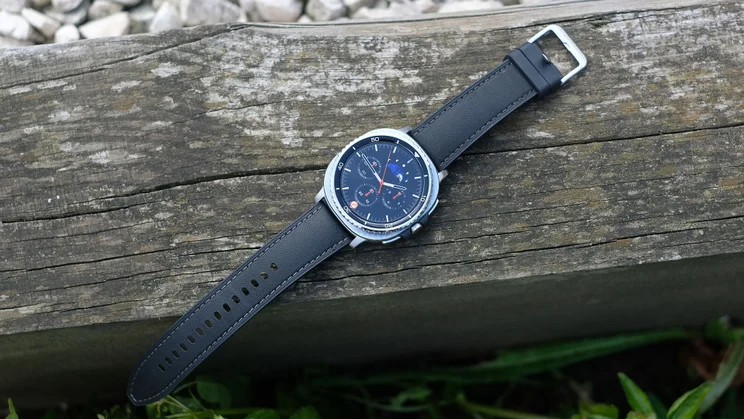
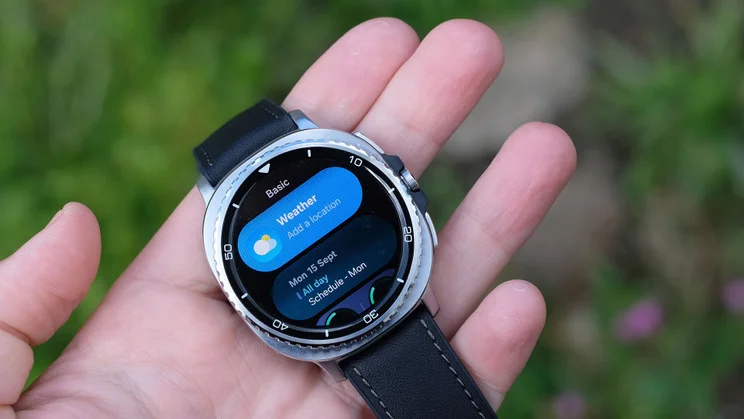
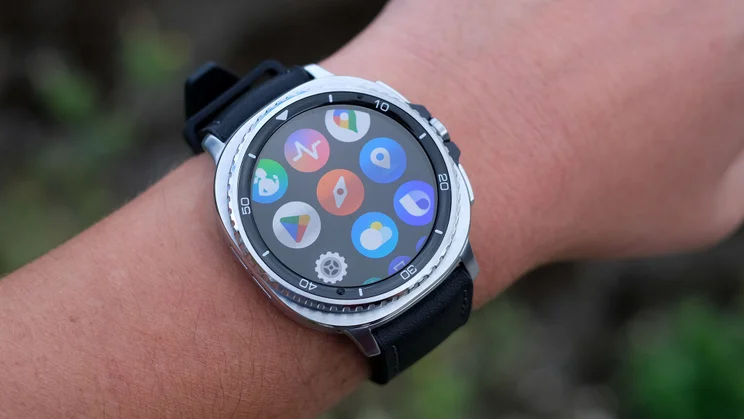
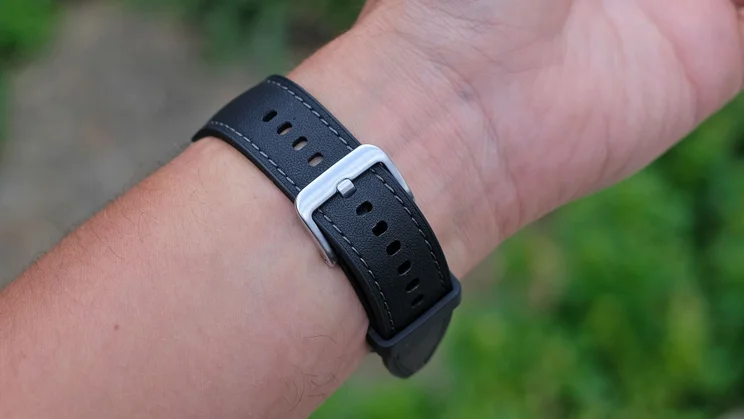
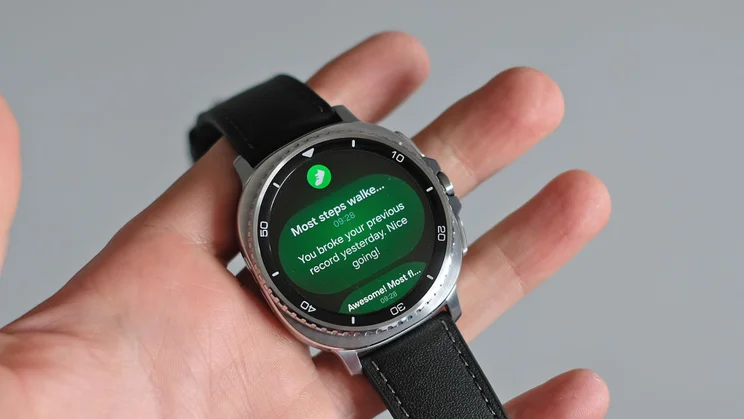
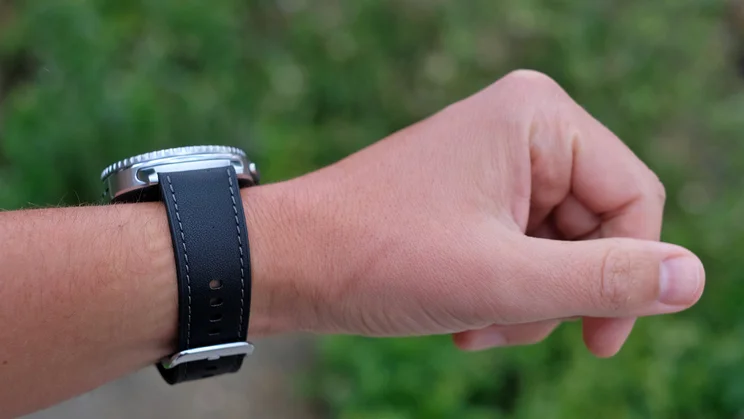
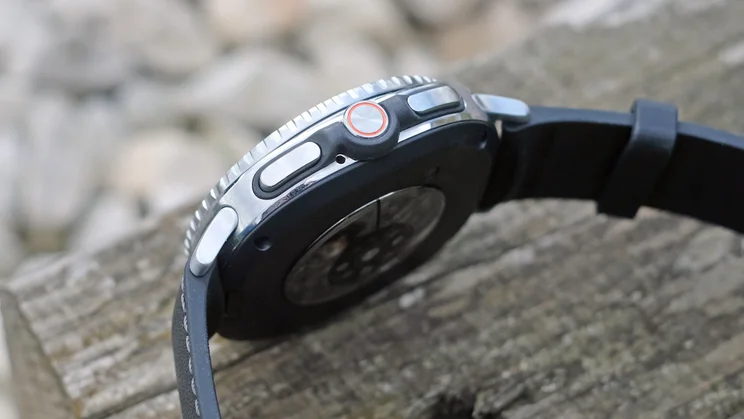
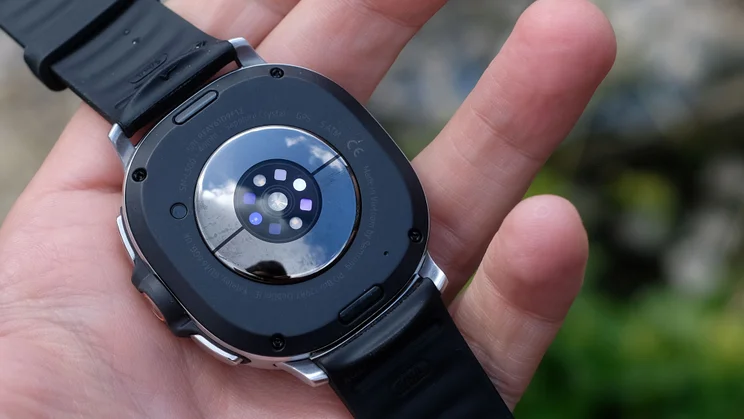
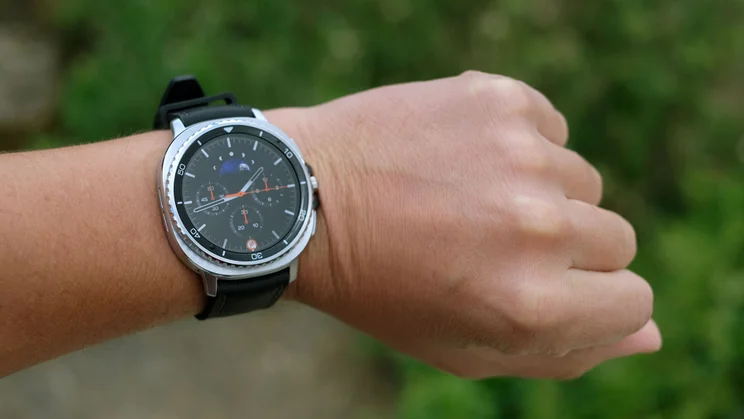
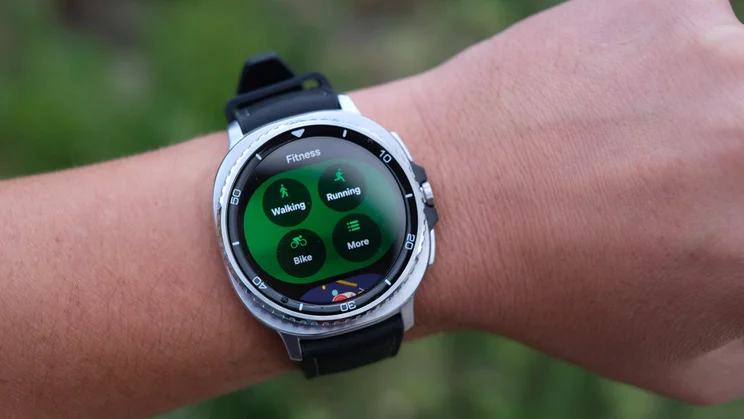
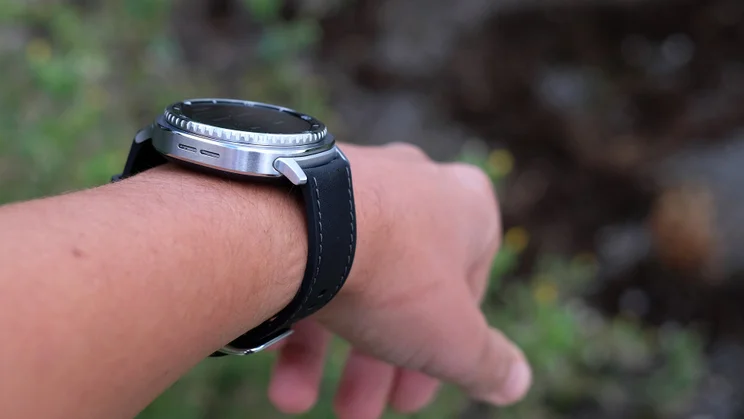
- Rotary control is satisfying and intuitive
- Quality hardware design throughout
- Samsung mines its sensors extensively
- Some of the new features need improvement
- Spotty heart rate accuracy during exercise
The Galaxy Watch 8 Classic is Samsung’s top new smartwatch for 2025. But is it the brand’s top watch, full-stop? Not quite. Its Galaxy Watch Ultra from 2024 still sits at the top of the range. The less bulky and less rugged Samsung Galaxy Watch 8 Classic is one rung below, bringing a diver’s watch flavour missing from the slightly cheaper alternative, the vanilla Samsung Galaxy Watch 8.
The Samsung Galaxy Watch 8 Classic excels in pure feel and intuitive control, thanks to its handy rotating bezel. The software feels as though it was designed around this kind of interface. But the standard Galaxy Watch 8 has a charming style of its own, more so than in previous years, and the Classic does struggle a little more with heart rate accuracy. Samsung’s Galaxy Watch 8 Classic is better for some, but not everyone.
What do you get for the money?
You have two decisions to make when shopping for a Samsung Galaxy Watch 8 Classic, which starts at £449. There’s only a single size here, 46mm. But do you want 4G/LTE connectivity? That’s an extra £50.
The watch is also available with a choice of a white or black bezel inlay. While additional straps are available, all models include the standard Hybrid band seen here. It looks like leather from a distance, but this is actually a silicone rubber strap with a leather-like inlay.
Compare it directly to the Galaxy Watch 8 and you’ll notice a few things about the design. At heart, the two are quite similar. They have 1.5in screens, but this one’s stated diameter is 2mm larger, thanks to aggressively protruding side buttons. Both watches have ultra-bright 3000-nit screens, but you’re not going to see anything like their peak power unless you ramp up brightness manually, which is probably inadvisable unless you don’t mind charging the watch every day.











Next to the Galaxy Watch Ultra, the Classic is slimmer and less bulky, but also has inferior water pressure resistance. It’s rated for 5ATM, not 10ATM like the Ultra.
The Samsung Galaxy Watch Classic has a tough stainless steel casing, with a total weight of 63g. It’s heavy next to the non-Classic Watch 8, which has an aluminium casing.
All three tiers of Samsung smartwatch have Sapphire Crystal screens, which should prove more scratch-resistant than, for example, the Garmin Forerunner 570. It costs a comparable amount and uses Corning’s less hard Gorilla Glass 3 instead. The Samsung Galaxy Watch 8 Classic also has a slightly raised bezel, to help avoid screen damage, if not quite to the extent of some made-for-adventure watches.











A jump from the standard Samsung Galaxy Watch 8 to the Classic also nets you an upgrade from 32GB to 64GB storage, and a dedicated side button, which can be customised. Obvious roles for it include starting a tracked run, turning on Torch mode (it’s just a bright white screen) or starting the voice recorder.
The Samsung Galaxy Watch 8 Classic has both a microphone array and a speaker, primarily used to interact with the watch’s voice assistants. That’s right, there are two. There’s Samsung’s own generally-maligned Bixby, or Google Gemini. And that Gemini is enabled as standard with no nudge to get you to switch to Bixby suggests Samsung isn’t pushing its own solution as much as it once did. Love it or hate it, Gemini is among the most advanced-feeling consumer-facing uses for modern LLM-based AI.
Samsung does bring a bunch of its own software to the Galaxy Watch 8 Classic, though, primarily under the Health and Fitness sections of the interface. Samsung Health adds a huge number of exercise modes, a new Running Coach feature and Together, which lets you hook up with friends and strangers for lightly competitive step-counting challenges. It has the flavour of the earlier years of Fitbit.











After testing, I found the Samsung Galaxy Watch 8 Classic battery loses at least 60% after 24 hours of use with default settings engaged. This includes the “always on” screen mode that displays the time. You’re unlikely to get two full days of use out of a charge, particularly if you intend to track a lot of exercise or check messages on it constantly. But topping up the watch every other day is viable for many.
The watch uses a little wireless charging puck to recharge. Samsung says the Galaxy Watch 8 Classic supports 10W charging, but it only actually draws a maximum of 4.1W in use, and takes 67 minutes to reach 100%. It continues sipping charge at 0.5-1W for a little longer than that.
What did we like?
A rotating bezel is a core part of the Galaxy Watch Classic family’s heritage. It has become all the more important since Samsung helped redesign Wear OS with Google in 2021.
As in previous generations, there’s a satisfying tactility to the rotating bezel, which is the main way you control the watch alongside the occasional screen prod or swipe.
Samsung Galaxy Watch 8 Classic screens fly by with satisfying swiftness, at a twist of the bezel. And while that responsive feel is nothing new for the series, the watch does have the same Exynos W1000 processor as the Galaxy Watch Ultra. Wasn’t that last year’s CPU? It sure was, but wearable processors don’t tend to get meaningful upgrades with the same regularity as phone brains. And at its introduction in 2024, the W1000 represented a massive performance leap for Samsung’s watch CPUs. This doesn’t hurt in cementing the Samsung Galaxy Watch family’s reputation as the main Wear OS watch to consider, besides the Google Pixel family.











Samsung does a solid job of adding perceived value in its health sensor chops. The Samsung Galaxy Watch 8 Classic can take ECG readings, spit out an Energy score, Vascular Load and AGE measurement, which refers to the Advanced Glycation End-products index, and an Antioxidant index score.
The last two represent one of Samsung’s favourite wearable hobbies: squeezing absolutely everything it can out of its optical sensor array. It claims AGE is indicative of your metabolic health and ageing, and is influenced by things like exercise and diet. I have been getting pretty good scores in this one, but I find it too vague to be all that useful.
On the other hand, the Antioxidant index stat might be too specific, as it just looks for evidence of carotenoids in your thumb. These are orange/red pigments found in lots of healthy vegetables like sweet potatoes, carrots and leafy greens — yep, even those green vegetable types contain orange pigments, they’re just obscured by the green stuff.











The Samsung Galaxy Watch 8 Classic reports low Antioxidant scores despite a pretty carrot and spinach-heavy recent diet. But while I don’t necessarily think my diet would merit a high Antioxidant score, reports of unexpectedly low scores are quite common, from colleagues and general Galaxy Watch early adopters.
Still, what Samsung is cultivating here is akin to a Garmin-like deep dive into stats that you can get largely while sitting on your posterior, rather than running, cycling, climbing — all the stuff active types get involved in. And, as ever, as long as the relative accuracy of these stats is OK, so you can see trends over time, they may still be useful in fostering positive habits.
What could be improved?
The Samsung Galaxy Watch 8 Classic is not the ideal watch for more serious exercise tracking. Its heart rate readings are frequently quite faulty, judging by my testing. And it’s not just the usual quirks.
Some brands still suffer from questionable readings in the first five minutes, as they struggle to lock on properly. The Galaxy Watch 8 Classic does this, often registering a far-too-high bpm, but it also gets completely lost at times during longer workouts.











During a 30km test run, it would swing between being accurate and up to 25bpm too low. Given that the standard Galaxy Watch 8 yielded somewhat better results, this suggests the issue is in part down to the design of the Classic generating too much on-wrist movement, and that the strap doesn’t allow for that tight a fit.
You want a little give in a sports band. While the Samsung Galaxy Watch 8 Classic’s strap is largely silicone, it has a leather-style outer and doesn’t stretch as much as the average running watch strap. You may have better luck if you get a strap with greater stretch or more precise length adjustment.
Samsung has also tried to make greater inroads into the running space with its Running Coach feature — part of the OneUI 8 software. But it’s mostly of use to beginners, such as the couch-to-5K crowd. Fire it up, and the Samsung Health app will ask you for some vital statistics, for a recent “PB” result in a 5K, 10K or similar, and get you to perform a 12-minute run test similar to a cycling FTP test.











It’s all a bit unnecessarily hardcore when, after a few sessions, the Galaxy Watch 8 should be able to work out your ability level. It’s going to put people off, which is exactly what a feature like this should strive to avoid. And after doing the trial, the Samsung Coach suggested workouts significantly below my current level. It suggested I should be aiming for a half marathon with a target time more than 30 minutes slower than I’d run it as a casual weekend long run.
The concept here is sound, given the significant interest in running and the popularity of apps like Runna, but it should be better. And while Samsung lists it as a beta “Labs” feature, it’s not as if the watch doesn’t put it right in the sight line of every Samsung Galaxy Watch 8 Classic owner.
Should you buy the Samsung Galaxy Watch 8 Classic?
The Samsung Galaxy Watch 8 Classic is one of the best Wear OS watches around. Its main selling point remains the physical rotating bezel control, which feels in lock step with the interface, and is not found in the rival Google Pixel Watch 4.
For this generation, Samsung has stacked the software features even higher. And while newcomers and like the Antioxidant index and Running Coach could do with some more work, they have plenty of potential and are, after all, labelled “Labs” features.
There are a few issues worth dwelling on a little longer, however. While battery life is solid for this category, the watch still requires a fair amount of upkeep. And I also found heart rate accuracy to be very spotty during intense exercise, not helped by the physical design of the watch and a largely non-stretchy standard strap.




